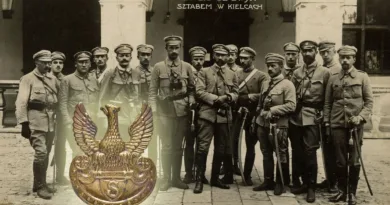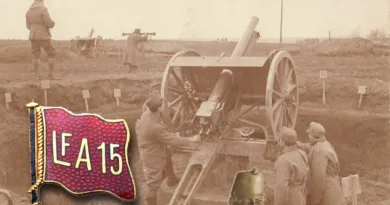U-Boots – Submarines
The Navy of the Monarchy had the 6th strongest fleet at the outbreak of the Great War. The military command assigned the task of the fleet to supervise the Adriatic Sea and to protect the Dalmatian coast. Accordingly, the emphasis was on building relatively smaller units, but the four state-of-the-art battleships, the Tegethoff class, could also compete with British and French dreadnoughts. The strengths of the fleet were the rapid cruisers and destroyers. Their operating radius was clearly limited to the Adriatic.
The submarines did not receive special attention in the development of the fleet. In 1914, the Monarchy had only 7 submarines. These were also relatively smaller vessels with very limited action scope. At the same time, the fighting on the Adriatic in the autumn of 1914 enhanced the role of submarines. The movement of largeer units was successfully blocked by the British-French fleet. They were more vulnerable to attacks by submarines. Contributing to this was also the fact that the tactics of fighting submarines were still completely undeveloped at the time.

Subsequently, the Monarchy also developed its submarine fleet. He also bought units from Germany. And the new task of submarines has become to disturb commercial shipping in the central basin of the Mediterranean. This task was successfully carried out by the fleet. The most important sign of this was that the Entente established a sea lock between Italy and Dalmatia, with which it tried to prevent the Austro-Hungarian submarines from sailing from the Adriatic to the Mediterranean.
The appreciation of the role of submarines and the prestige of the U-boot staff were due to some successful actions. One of the first such actions was the U 12 attack on the French fleet on the Adriatic on 21 December 1914. The French were then on an exercise at the entrance to the Adriatic, near the Albanian coast. The raider U 12 detected the presence of the fleet and successfully approached the ships at torpedo distance. The French did not expect an attack, the unobtrusively maneuvering submarine could choose from the targets. Eventually, he singled out the unit’s flagship, the Jean Bart, on which he fired two torpedoes. One of the projectiles hit the master ship and severely damaged it. Although it did not sink, did not return to service until the end of the war.

The U 12 and its commander, Lieutenant Egon Lerch, immediately became a popular propaganda topic in the Monarchy. The submarine construction program and the use of submarines also flourished. It even arose that allied Turkey should be supplied with badly needed war materials by commercial submarines until a land connection was established (by the end of 1916).

Submarines that have become popular appear on quite a few badges. These badges, of course, were not primarily made for the troops involved, as only a few hundred sailors were on duty on the submarines. In addition to the U 12 badge shown, the other popular dive boat, the U 5, has been released in a wide variety of versions. The third presented badge shows the planned merchant ship. A collection was organized in the Monarchy to develop this type of ship, but to the best of my knowledge, this program did not materialize in the end.

In the Great War, a total of 27 submarines fought under the Monarchy flag. Most of these were self-built ships, but there were also looted enemy ships and some German-made units. Hundreds of merchant ships were sunk in the Mediterranean. This significantly impeded the movement of war material in the area and captured significant enemy forces.





[…] In the naval warfare of the Great War, the Adriatic theatre remained unimportant. The Entente was content to blockade the units of the Monarchy with a sea lock. Thus, the fleet of the Monarchy could only be used for limited purposes. Such was the case with the bombing of military installations and supply lines on the Italian coast on the first day after the Italian war declaration. Outside the Adriatic, only submarines playing the lockout could escape. You can read some details about this here. […]